Ken’s Ten Trends; The Latest on Corporate Workplaces
/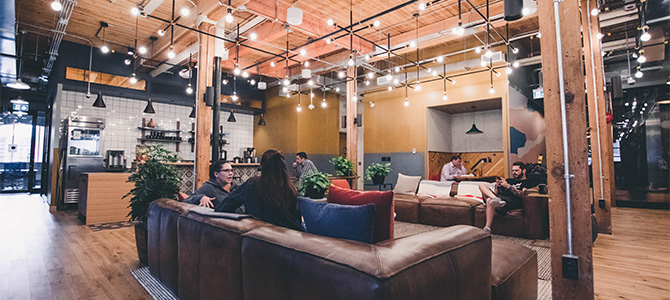 “We are planning spaces now for those who are in high school” - David Kamen, Chairman of CoreNet Global, in a preview of the Future Forward 2025 reportI recently returned from the confab of all things corporate real estate – the 2018 edition of the CoreNet Global Summit, which occurred in Boston. The theme, “What’s Next? Exploiting Uncertainty,” certainly summarized the feeling of many of the 3,000 plus attendees. The U.S. economy is robust, and real estate types are super busy finding sit/stand desks for all those butts. However, the fears of something bad in the future are gathering like clouds on a summer day. "Winter is coming, better prepare now," said one CRE executive.At the conference, I listened carefully and took copious notes. Below is my attempt to boil it all down into 10 trends:
“We are planning spaces now for those who are in high school” - David Kamen, Chairman of CoreNet Global, in a preview of the Future Forward 2025 reportI recently returned from the confab of all things corporate real estate – the 2018 edition of the CoreNet Global Summit, which occurred in Boston. The theme, “What’s Next? Exploiting Uncertainty,” certainly summarized the feeling of many of the 3,000 plus attendees. The U.S. economy is robust, and real estate types are super busy finding sit/stand desks for all those butts. However, the fears of something bad in the future are gathering like clouds on a summer day. "Winter is coming, better prepare now," said one CRE executive.At the conference, I listened carefully and took copious notes. Below is my attempt to boil it all down into 10 trends: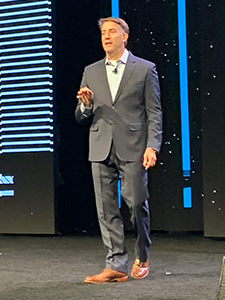
- Coworking becomes legit in corporate America- multiple CRE executives at major companies told me they are going to make some portion of their portfolios into a co working environment. The coworking craze is rapidly moving beyond the small, independent jobbers and into the mainstream. Over the next five years, corporate real estate professionals are set to dramatically increase their use of coworking spaces to house employees, according to a survey conducted by Cushman & Wakefield at the CoreNet Global Summit. The results so far, indicate companies utilizing co working have doubled over the past two years. When asked what percentage of a global workforce use or will use co working on a regular basis, respondents said 11% are using today, 17% in two years and nearly 25% in five years. The survey also revealed that 75% of those polled said the main benefit of utilizing coworking was the ability to ramp up or down a corporate real estate portfolio.
- White label coworking will come roaring out of the gates in 2019– private label offerings from landlords, service providers of all kinds and others will flood the market. The market is reacting in lockstep to what the existing competitors have created – and the profits realized. However, one of the challenges to these newcomers is the ability to offer flexibility to users. Cool coffee and free beer are part of the allure to those who occupy the spaces, but variable commitment periods are what makes CFOs smile.
- Lili pads and flexibility are what occupiers are jumping to – Speaking of the happy CFOs, with so much uncertainty in the economy (either up or down) leadership at some of the world's largest users of space are seeing shorter-term commitments/management agreements and are willing to pay more to have the option to grow or go.The ideal lili pad could be a spec suite in a building, but with a short and highly flexible lease term.
- Work “how” not work “place”– Happiness in the workplace has to do with the ability to make choices regarding where you physically work in the office. The ability to choose to perform your work in different environments increases retention and overall satisfaction, according to surveys. As my friend Bryan Berthold, Managing Director of Workplace Strategy at Cushman & Wakefield says, “I didn't take away your office. I gave you a building.”
- Want to come work here? – I also saw in stark relief what we have all likely experienced in the current environment: labor rules the world. While some companies are locating on the beaten path in major cities, others are pivoting to lower-cost opportunities. “More arbitrage opportunities (exists) than ever before,” said David C. Smith, Vice President, Americas Head of Occupier Research for Cushman & Wakefield. “Growing educated workforce in secondary and even tertiary cities allow companies to keep their gateway offices and expand new departments in cities like Nashville, Boise, Phoenix, Charlotte, etc.” Whatever the location, there are still better and worse places to be (sub-markets and building types.) The fact of the matter is corporate America is scrambling to find someone – anyone – who can come aboard and work on the latest project the sales team just closed.
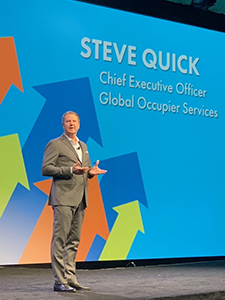
- Engagement is the new KPI– Employees want to be inspired by work that matters. Millennial workers seem to be asking in lockstep, “What are we trying to accomplish?” Corporate real estate leaders are trying to deliver spaces that support and emphasize the mission of the work occurring in the place. Cushman & Wakefield’s Berthold says the workplace, “Should be authentic, encourage innovation (and) should be a place where long-term friendships are fostered. Paramount to the needs of this group is that work is something to experience…the richness of leading a life where one’s work is as rewarding as one’s play is not your father’s office. It is your daughter’s.”
- Campsites and Open Houses* define an era of corporate openness to the community. A Campsite can occur when two companies are working on a large project together. Instead of Skyping, one company will send a team to the other to embed for 90 or 120 days. Culturally, teams can work together better by being in the same place for an extended period. Open House describes a scenario where corporates are opening up their campuses to the community. A great example of the phenomena is NCR’s HQ in Atlanta, which has a classroom in its lobby. The room can be reserved by anyone in the community, including Georgia Tech professors. In an Open House, CRE executives are attempting to build community relations and also to have potential new workers see their culture.
- This is the golden age of PropTech(but humans will continue to be needed.) One example of the burgeoning property technology market is machine learning for a design perspective in which we move away from 2D plans to building rich data models. Also, high volume, high repetition tasks like financial analysis will be automated. The organizers of the conference programmed some fascinating sessions on AI and automation that took advantage of proximity to some of the world’s leading thinkers on the subject. In Boston, you can find a lot of very smart human beings who can talk about smart machines. I think technology will assist us in making better decisions and absolutely make us more efficient. In the short term, however, I don’t think Siri will replace a broker, end user or landlord. When it comes to large, game changing decisions, people still want to deal with people – supported by great technology.
- The digital natives known as Gen Z will change the workplace again. Cristina Banks, PhD, director of the UC Berkeley Center for Healthy WorkPlaces, presented her research on 400 respondents who are Gen Z. Here is a summary of who they are: Born between 1996 and 2010 (oldest just turning 23) they are 64.6 million people or 20% of the U.S. population.
Some of the traits she observed:
-
- Tight benching is not what Gen Z’s want – they do want lots of sunlight and portable desks in the workplace
- Want a sense of place and connection to natural light in this digital world
- This group will be financially conservative – they watched their parents suffer through 2009. They are also highly motivated to be financially successful.
- 100% wanted a human receptionist
- Digital sophistication is valued but not at the expense of face-to-face interactions
- They think about safety and security a lot (think school shootings)
- Assigned seating will come back – “We want our own space and the ability to make it our own,” they said
- Technology is assumed to be great and easy to use
- Wellness and mobility are emerging, and they want an active work environment. “Bring your authentic self to work,” one said.
- An egalitarian approach to office – everyone should have the same look and feel
In short, Dr. Banks said this generation “want’s it all,” their own safe, well lighted space but also the ability to be mobile at the same time.
- The office as a destination - the amenity war rages on We have finally reached the point where leadership has to ask "pretty please will you come into the office?" Real estate directors are taking keen notice of the newest available and refreshed product. Developers of new office assets are striving to build or adapt “authentic” buildings that consist of “real” materials like wood and often have a historical connection, in an attempt to market to those end-user leaders. Also, we are at a level of hyper convenience and comfort today, in part to compete with the coworking providers. The amenities go well beyond a fitness center and include robust recreational areas, food and beer, concierge services, pet and child care, and curated gardens to grow fresh fruits and vegetables. In short, there is a competition to see who can make the workplace feel most like home (please keep your shoes on there, mister.)
To sum it all up, there seems to be uncertainty around the corner, but the economy is super-duper just now. Real estate leaders report that their CFOs aren’t so much worried about cutting cost as “making the right investments” for their workforce. Workers are demanding a lot these days, and companies are willing to do what it takes to keep them happy.Would you pass the almond milk, please?Campsites and Open House concepts were first discussed in an HBR article entitled “Why Companies Are Creating Their Own Coworking Spaces published 9/24/2018
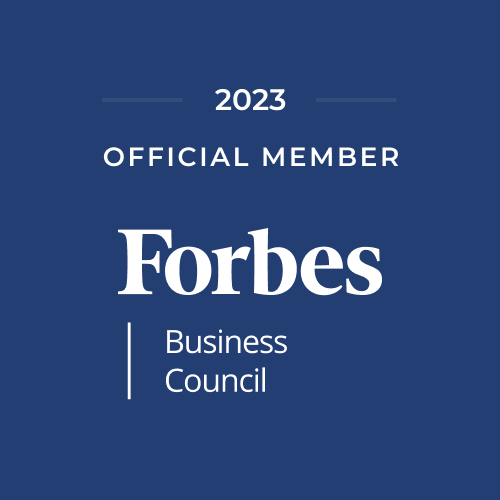


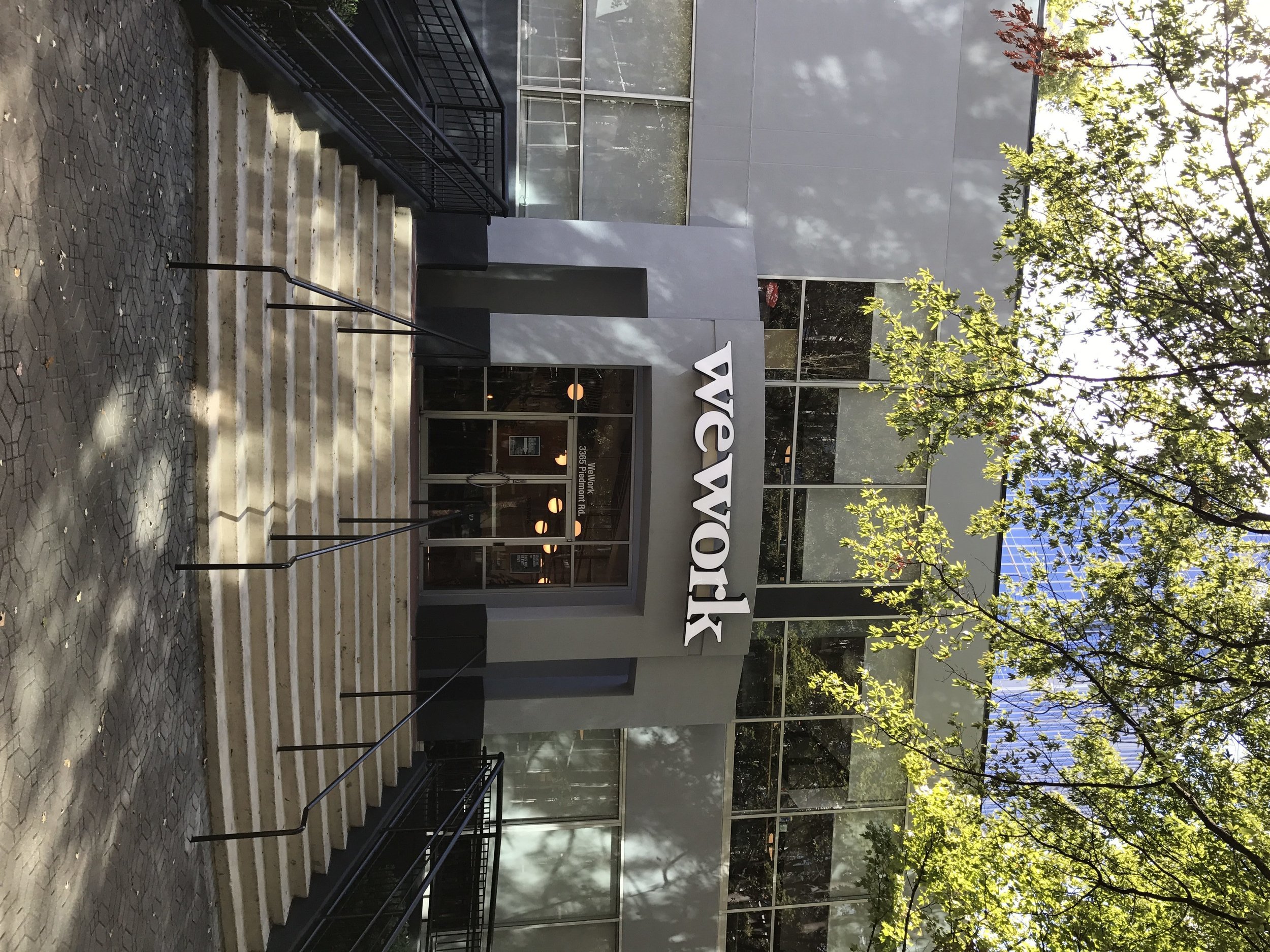
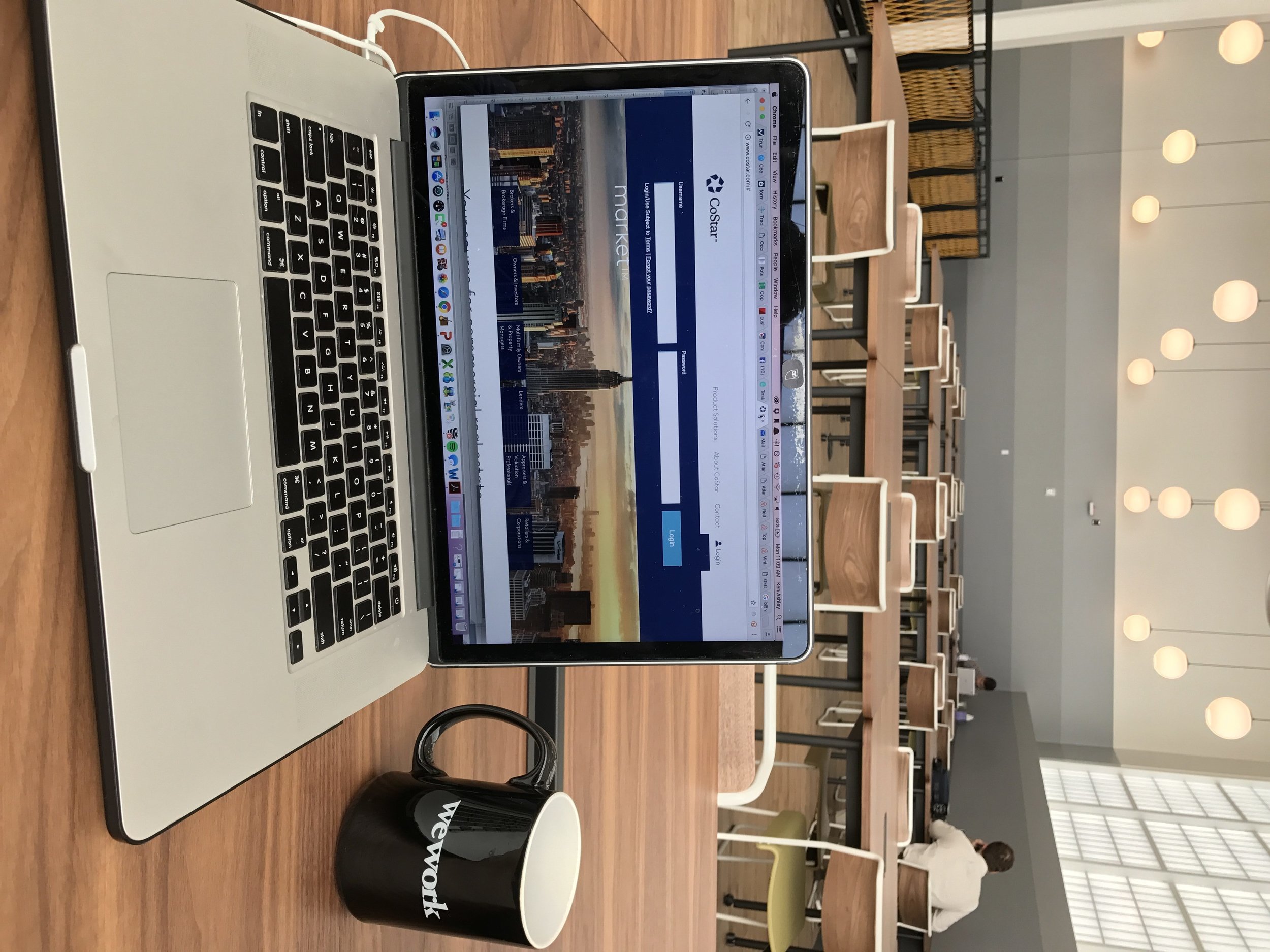 I needed, in fact I must, see what all the buzz is about if for no other reason than to have an authentic experience to share. It’s a little like describing the color blue if you’ve never seen it. Sometimes in life, the experience is worth its weight in gold.The whole idea came to life for me at a C&W meeting in Chicago where I bumped into WeWork CEO
I needed, in fact I must, see what all the buzz is about if for no other reason than to have an authentic experience to share. It’s a little like describing the color blue if you’ve never seen it. Sometimes in life, the experience is worth its weight in gold.The whole idea came to life for me at a C&W meeting in Chicago where I bumped into WeWork CEO 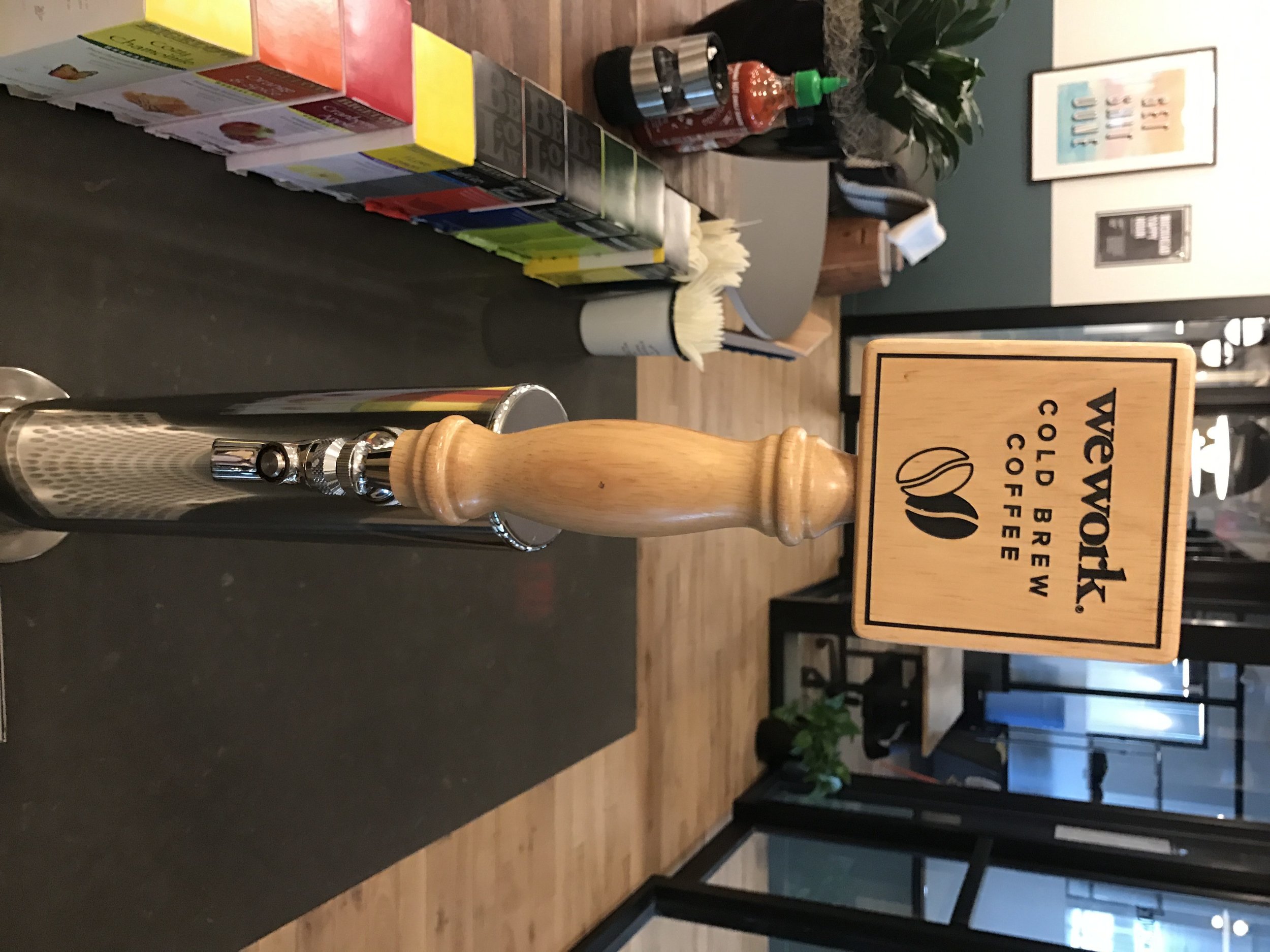 WeWork is one of a number of competitors in the area of
WeWork is one of a number of competitors in the area of 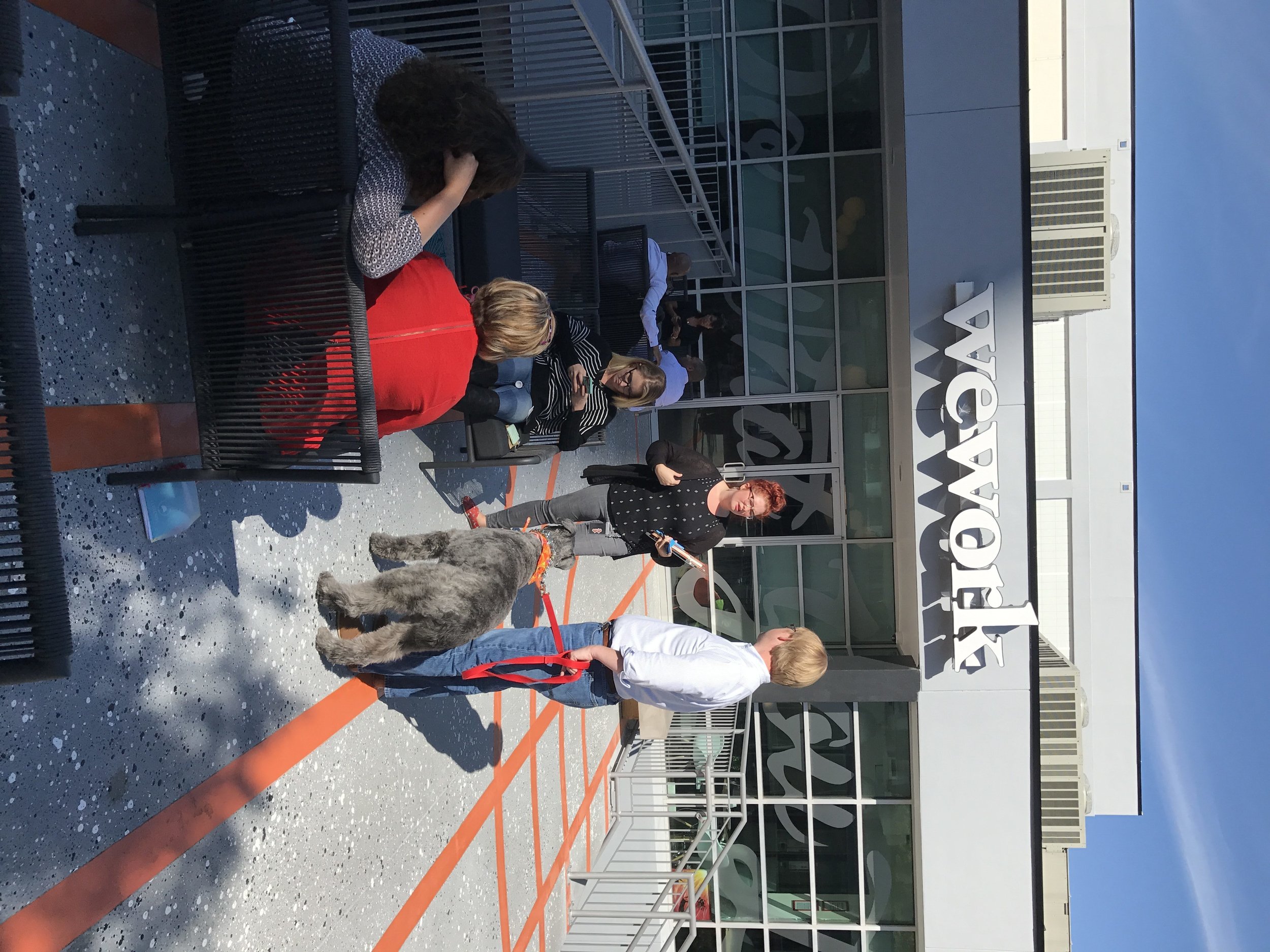 After the meeting, I was able to grab a cup of terrific coffee and sit outside on one of the nicest fall days we’ve had in Atlanta. It felt a little intoxicating and even a little sinful to be able to sit outside on calls and working on documents. But I liked it!As the day wore on, it was a little strange to not have an assigned workspace (which you can purchase for yourself, if you like). I had to pack my bag up for lunch, and when I came back, it felt a little like walking into an airport business club – where would be the best strategic location for my afternoon tasks?I also found that concentration in an open environment can happen, but that it’s an acquired skill. Back to the airport club analogy – you can let you mind wander and people watch if your not careful. As the week progressed, I developed better discipline and became much more productive.I’ve become used to working physically close to my team, so when they left to head to our office, I had to reach out by phone or email. Not a problem…just a slightly different way of handling the day to day.It’s Really About the CommunityWE Work. Now I get the goal -- center manager Aja explained that the mission is for everyone at WeWork to find a way to support each other. If you need a PR guy, an accounting lady or any other service under the sun, check out the app. There is also a huge flat screen at every WeWork in the world that show's Instagram profiles of WeWorkers from all over.I enjoyed bumping into fellow WeWorkers (I say that with some pride) and hearing their stories too. Plus the community doesn’t stop at your local location either. WeWorkers can sit down at any location worldwide on their travels. Same for the WeWork app -- that expert you seek might sit in Seoul or Mexico City.Everyday I would get a message through my WeWork telling me of the networking event occurring that afternoon or evening at my location. These ranged from “build your own parfait” sessions to Yappy Hour to which many brings his or her dog. WeWork told me their dog policy is simple: they are friendly to dogs that are friendly to them.On a side note, I’ve wanted to bring my dog to work for many years. I did it. And I found out that, at least in my case, having
After the meeting, I was able to grab a cup of terrific coffee and sit outside on one of the nicest fall days we’ve had in Atlanta. It felt a little intoxicating and even a little sinful to be able to sit outside on calls and working on documents. But I liked it!As the day wore on, it was a little strange to not have an assigned workspace (which you can purchase for yourself, if you like). I had to pack my bag up for lunch, and when I came back, it felt a little like walking into an airport business club – where would be the best strategic location for my afternoon tasks?I also found that concentration in an open environment can happen, but that it’s an acquired skill. Back to the airport club analogy – you can let you mind wander and people watch if your not careful. As the week progressed, I developed better discipline and became much more productive.I’ve become used to working physically close to my team, so when they left to head to our office, I had to reach out by phone or email. Not a problem…just a slightly different way of handling the day to day.It’s Really About the CommunityWE Work. Now I get the goal -- center manager Aja explained that the mission is for everyone at WeWork to find a way to support each other. If you need a PR guy, an accounting lady or any other service under the sun, check out the app. There is also a huge flat screen at every WeWork in the world that show's Instagram profiles of WeWorkers from all over.I enjoyed bumping into fellow WeWorkers (I say that with some pride) and hearing their stories too. Plus the community doesn’t stop at your local location either. WeWorkers can sit down at any location worldwide on their travels. Same for the WeWork app -- that expert you seek might sit in Seoul or Mexico City.Everyday I would get a message through my WeWork telling me of the networking event occurring that afternoon or evening at my location. These ranged from “build your own parfait” sessions to Yappy Hour to which many brings his or her dog. WeWork told me their dog policy is simple: they are friendly to dogs that are friendly to them.On a side note, I’ve wanted to bring my dog to work for many years. I did it. And I found out that, at least in my case, having another dependent at the office was far more work than it was worth. It was a fun one-time experiment though. Plus Max loved all the attention.Another SurpriseNot everyone working at my location was just off the turnip truck. In fact, I saw workers and folks touring of all ages. One of our clients has a 40 person office located in a pod with adjacent offices.This is consistent with recent
another dependent at the office was far more work than it was worth. It was a fun one-time experiment though. Plus Max loved all the attention.Another SurpriseNot everyone working at my location was just off the turnip truck. In fact, I saw workers and folks touring of all ages. One of our clients has a 40 person office located in a pod with adjacent offices.This is consistent with recent 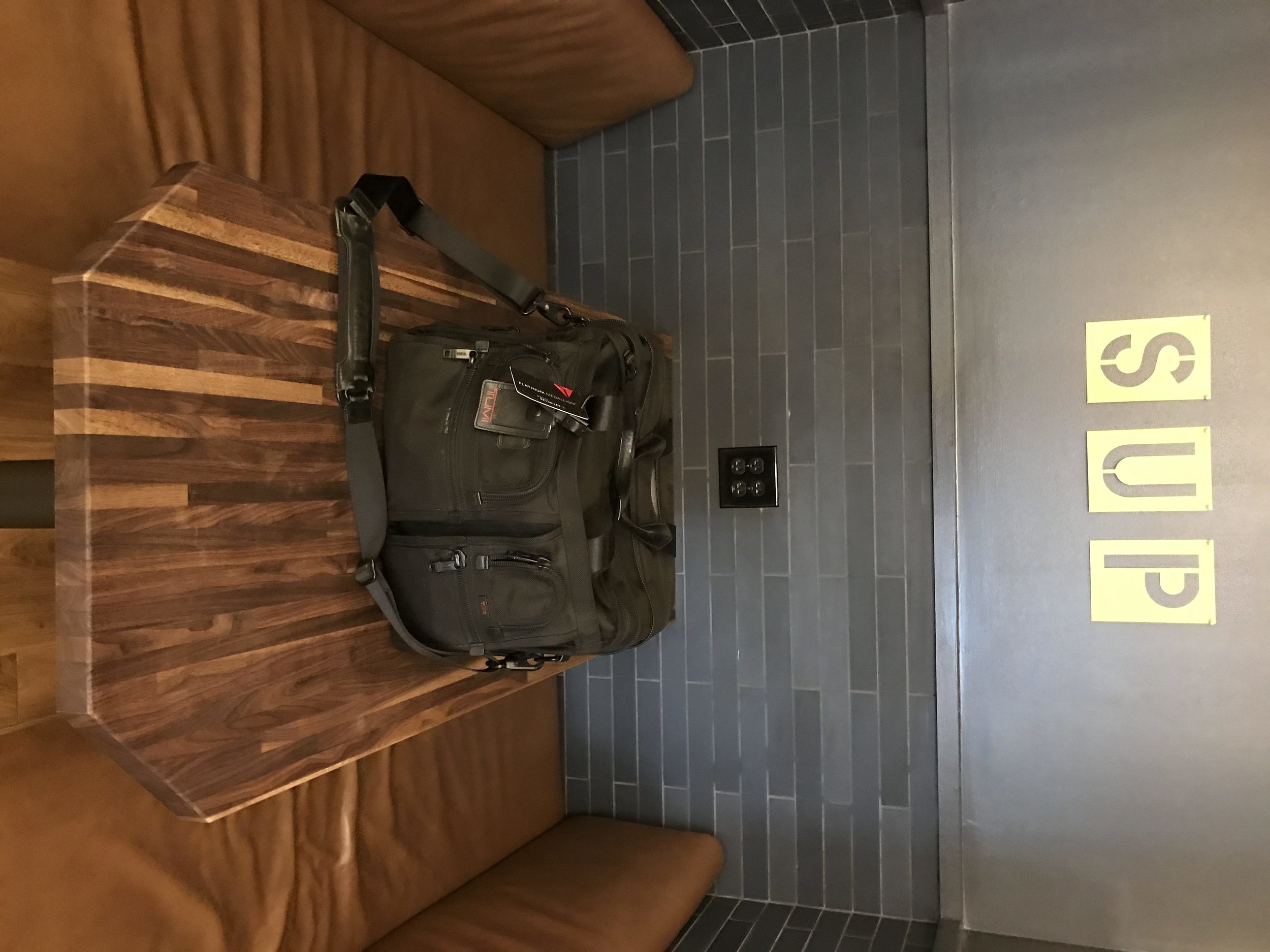 Well, I'm not quite a millenial yet, but at least I can tell you that I've given it a spin. Plus I made alot of new friends at WeWork Atlanta.I have to give Adam and his team credit. They looked at a very old mousetrap and created a new approach - and the world is noticing.I worked at WeWork and I'd do it again.
Well, I'm not quite a millenial yet, but at least I can tell you that I've given it a spin. Plus I made alot of new friends at WeWork Atlanta.I have to give Adam and his team credit. They looked at a very old mousetrap and created a new approach - and the world is noticing.I worked at WeWork and I'd do it again.